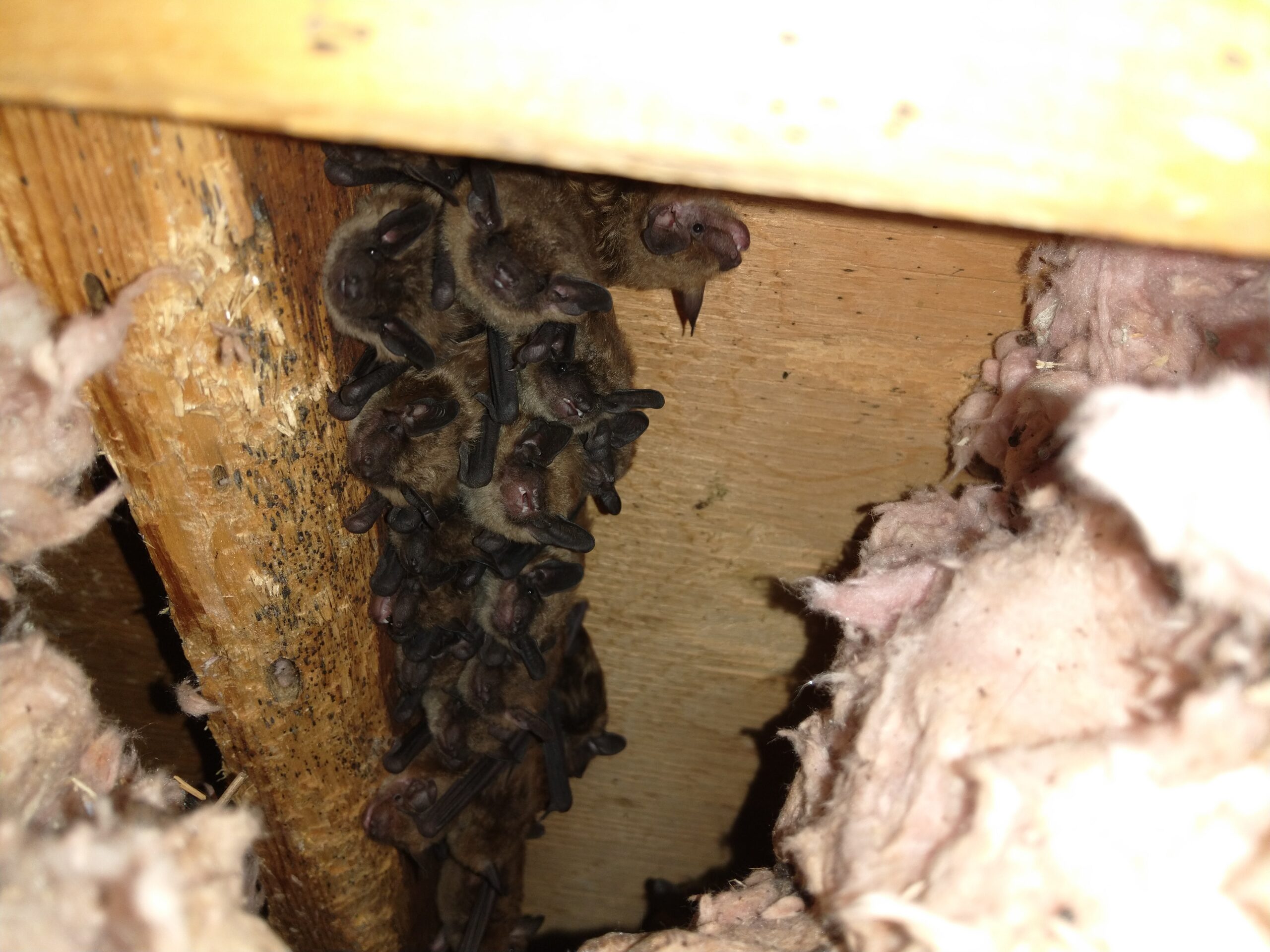Bats make people jittery or nervous because of their connection to horror movies and scary stories. Some people even fear bats because of the risk of rabies. While rabies is a legitimate threat, the chance of bats infecting humans is incredibly rare.
What many people fail to realize is that bats are highly beneficial animals. The flying mammal eats pesky insects, including mosquitos, and helps pollinate the environment. In many regions, bats are protected, meaning catching or killing the species is illegal.
Many neighborhoods and homeowners like to include bat boxes, helping the animals roost near populated areas on properties. However, you do not want bats roosting in your eaves or finding their way into your attic. If you find a bat in or on your home, call bat removal. However, if you want to prevent bats from nesting or roosting in or around your home, there are several things you can do.
1. Installing Light Sources
Bats are nocturnal animals with poor eyesight. Their eyes are sensitive to light. The mammal prefers to find nesting sights in the shade or dark, avoiding direct sunlight and other light sources.
Because of the animal’s sensitivity, you can install bright lights around your property. Motion sensored lights are an excellent option because sudden illumination may frighten the bat before it settles into a roost.
The goal of the light is to make the animal feel somewhat uncomfortable. If a bat feels exposed, it is less likely to remain.
Always hire a licensed electrician to install hard-wired options. You can find battery-powered light sources, but they are not that powerful usually and are less reliable.
2. Using Repellants
Bats have a keen sense of smell, which means some repellents might help deter the animal from your property. Ensure any repellent you use is safe for the animal because harming a bat is illegal in most areas.
Many people speculate mothballs are an effective bat repellent, but that is not true. The smell of the chemical — yes, mothballs are a chemical pesticide — can act as a mild deterrent, but ultimately it is ineffective.
Mothballs are specific pesticides for closet moths. Using chemicals to deter bats and other animals is potentially dangerous. As stated, bats are protected, so using chemicals as deterrents is likely against the law.
The better option for protecting your property is by hiring a professional service. Contact a humane wildlife control company with appropriate licensing and certifications for animal removal.
3. Hiring Skedaddle Humane Wildlife Control
Hiring wildlife control in Madison ensures you obey all animal and wildlife welfare laws. A service like Skedaddle Humane Wildlife Control understands animal protection laws and has experience dealing with bat populations.
Skedaddle’s wildlife technicians will assess your property and determine if there are any existing bat entry points. Most homeowners will not notice a bat entry because they might be as small as a dime.
Aside from assessing your property, a Skedaddle technician can help remove the animals from your property and prevent and protect against future intrusions. In the process, the professionals will ensure the safety of the animal and residents.
Bats are amazing animals and often get a poor reputation because of mythology and Hollywood. While bats are not as dangerous and aggressive as horror stories might make them out to be, you still need to remove them from your property because they can be destructive.
If you need bat removal near me, contact Skedaddle Humane Wildlife Control. The company will send a wildlife technician to assess your home and the surrounding area. If the professional finds a problem, they will present a solution using Skedaddle techniques, tools, and employees.




